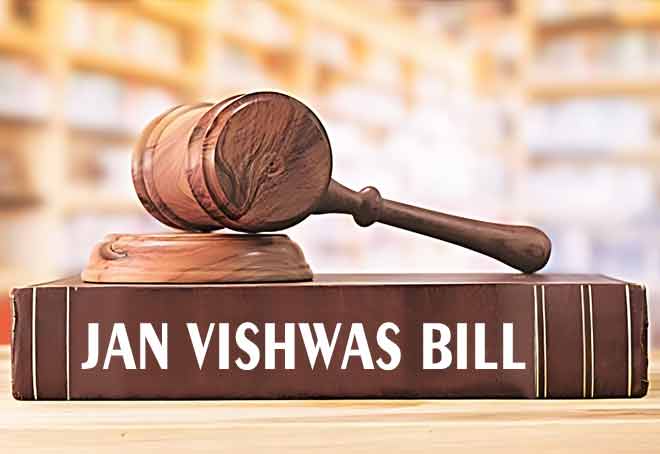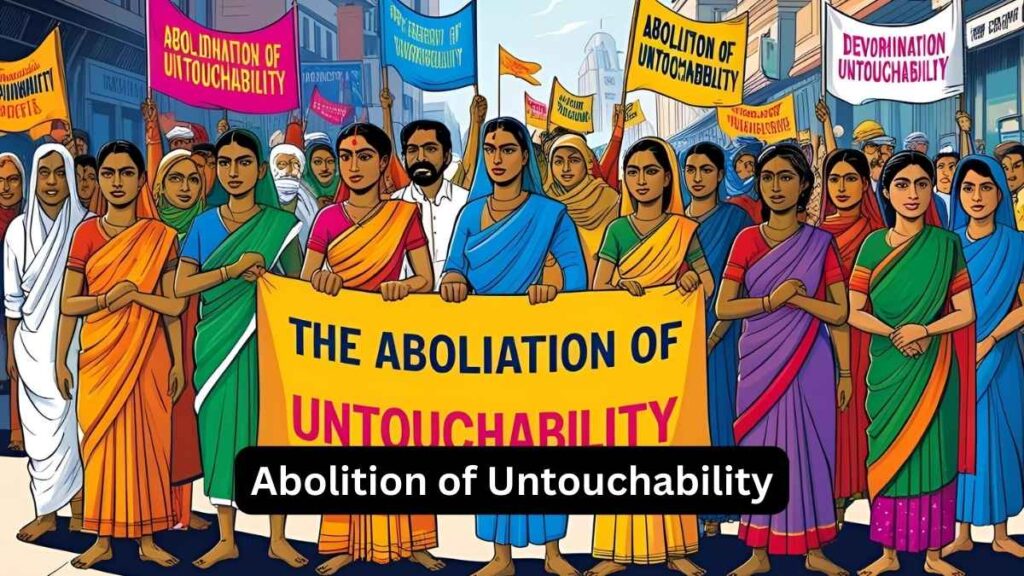Second Sovereign Green Bond Auction of FY25
Context:
The Reserve Bank of India’s second green bond auction for FY25 received a weak response, with only Rs 1,697 crore of the Rs 6,000 crore issued, at a cut-off rate of 6.90%.
More in News:
- Traders were unwilling to pay a premium, or “greenium,” for the green bonds due to low demand. The first auction of the fiscal year was cancelled for similar reasons.
- The government had planned to issue Rs 12,000 crore in green bonds in the first half of FY25, in two tranches of Rs 6,000 crore each.
- Funds from these bonds are intended for public sector projects aimed at reducing carbon emissions.
Green Bonds: Green bonds are bonds issued by any sovereign entity, inter-governmental groups or alliances and corporations with the aim that the proceeds of the bonds are utilised for projects classified as environmentally sustainable. About Sovereign Green Bond issued by RBI: The features of the SGrB issuance:
Impact of SGrB:
- The government will use the proceeds raised from SGrBs to finance or refinance expenditure (in parts or whole) for
- Various green projects, including renewable energy like solar, wind, biomass and hydropower energy projects.
- Clean transportation, energy efficiency, climate change adaptation, sustainable water and waste management, pollution and prevention control and green buildings.
- To help India meet its NDC targets as declared under the Paris Agreement.
- Green Bonds enable investors to support sustainable practices, hedge against climate risks, and achieve competitive returns, while also discouraging high carbon-emitting projects.
- The Sovereign Green Bond framework is designed to comply with four components and key recommendations of the International Capital Market Association (ICMA) Green Bond Principles (2021).
International Capital Market Association
For over 50 years ICMA and its members have worked together to promote the development of the international capital and securities markets.
The four core components as outlined by ICMA green bond principles are:
- Use of proceeds;
- Project evaluation and selection;
- Management of proceeds;
- Reporting.
Challenges Faced:
- Greenium Issue: The concept of “greenium,” or the lower yield on green bonds compared to conventional bonds, has faced market resistance.
- For example, a recent RBI auction of 10-year green bonds was cancelled because traders were unwilling to accept the lower yields, reflecting a lack of market acceptance for these bonds.
- Investor Awareness: Increasing awareness among investors about the benefits and returns of Sovereign Green Bonds (SGrBs) is crucial.
- Regulatory and Compliance Challenges: Navigating the complex regulatory framework for green bonds, while aligning with international standards and domestic requirements, presents a challenge for both issuers and investors.


